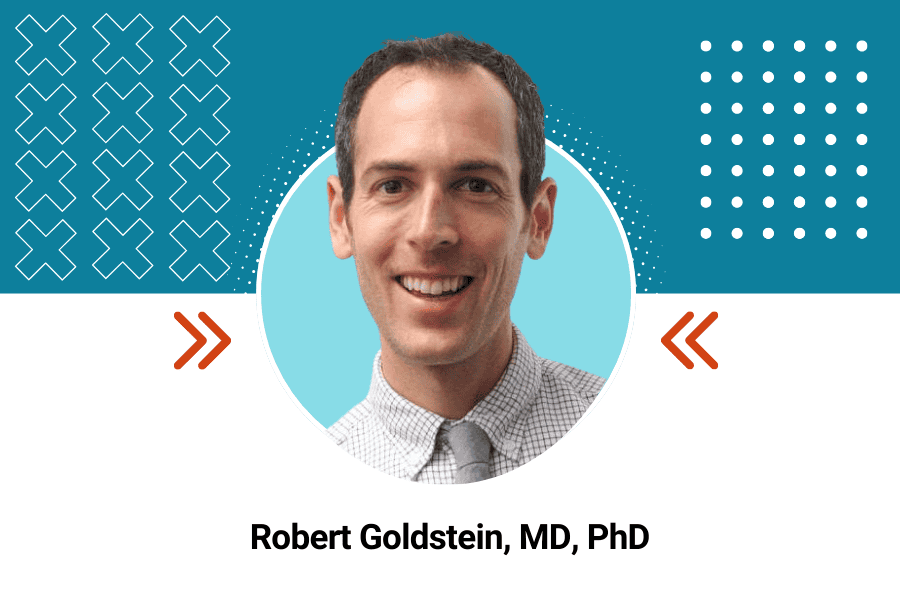Illinois Upgrades Data Infrastructure to Improve Speed and Integration
With support from PHIG, the Illinois Department of Public Health (IDPH) migrated its Master Person Index to the Snowflake cloud platform, improving record-matching speed by up to eight times and enabling the processing of 2 million records daily. This upgrade gives staff a comprehensive view of individual patients by linking diverse data sources such as hospital discharge records, vital statistics, immunization data, and more. It also lays the groundwork for critical data integration, including efforts to connect public health data with Medicaid data and Prescription Monitoring Program data. Through these advancements, IDPH is strengthening its data infrastructure to deliver more responsive, data-driven public health services.





